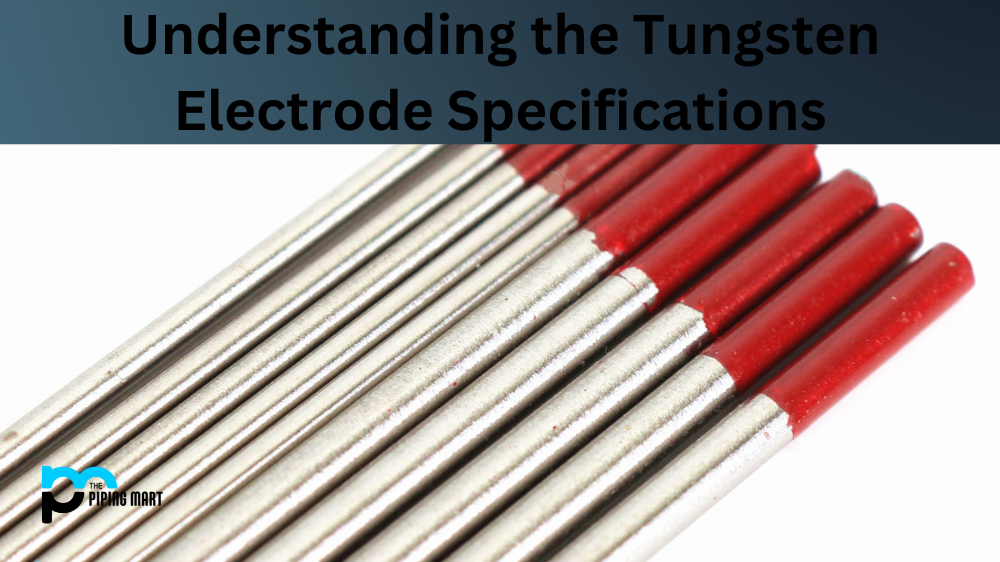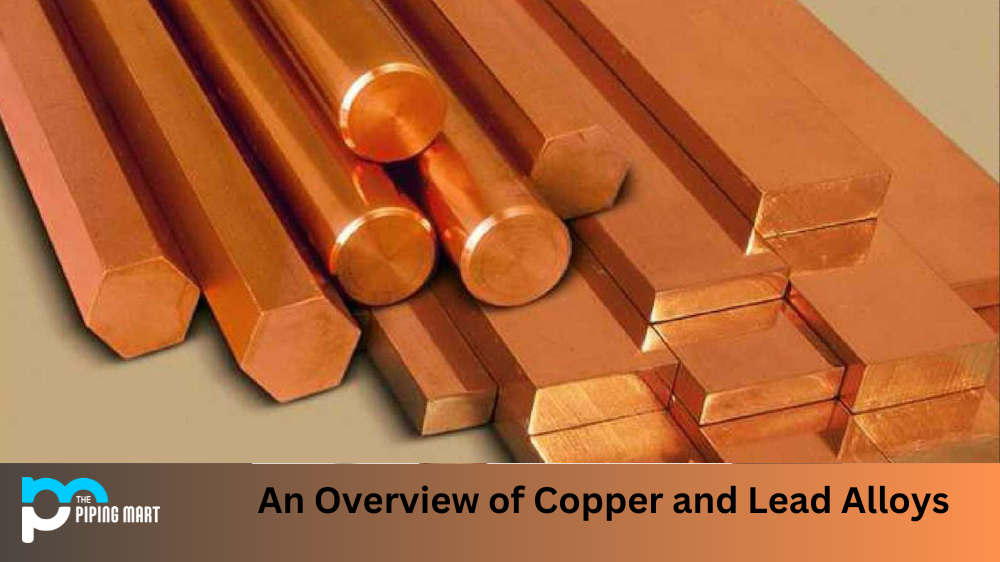Welders need to understand the tungsten electrode specifications to ensure a successful welding job. There are many types of tungsten electrodes that can be used for welding, each with its own unique properties and characteristics. Understanding the different types of electrodes and what they are best used for is essential in ensuring you have the right tool for the job. In this blog, we will discuss tungsten electrode specifications and how they can help you achieve better results when welding.
Tungsten electrode types
There are several types of tungsten electrodes that can be used in welding. The most common type is thoriated tungsten electrodes, which contain a small amount of thorium oxide that helps to reduce arc wandering while also increasing arc stability and current carrying capacity. Thoriated tungsten electrodes also last longer than other types due to their superior resistance to oxidation. Other types include ceriated, lanthanated, zirconiated, and pure tungsten electrodes. Each type has its own unique properties that make it better suited for certain applications than others.
Tungsten Electrode Specifications
To ensure consistent quality results when welding, it is important to carefully consider the specifications of your chosen electrode. These specifications include diameter (the thickness or size of the electrode), length (the overall length from end-to-end), point angle (the angle at which the tip comes to a point), and amperage rating (a measure of how much current an electrode can carry). It is important to select an electrode with a diameter, length, and point angle that is appropriate for your specific application, as these factors all contribute to successful welds. Additionally, it’s essential to choose an electrode with an amperage rating that matches or exceeds your welder’s power output capabilities. Otherwise, your weld may not hold up over time due to insufficient heat input during welding operations.
Tungsten electrode properties
Properties of Tungsten electrode are ideal for performing a variety of tasks in welding, cutting and grinding applications. These electrodes offer excellent electrical conductivity and tungsten electrode melting point is 3390°C. The chemical inertness of tungsten offers protection from unwanted reactions during thermal and chemical processes. Additionally, the tungsten’s greater hardness and higher tensile strength makes it an excellent material for working with extreme degrees of heat or chemical stress. Its non-habit forming nature towards formation and deposits make these electrodes particularly useful when finishing off work on difficult surfaces or intricate details that require precise control. With its sturdy yet flexible attributes, it’s no wonder why tungsten electrodes are widely sought after by welding professionals around the globe.
Conclusion
When choosing a tungsten electrode for your next welding job, it’s important to consider the various types available as well as their individual specifications, such as diameter, length, point angle, and amperage rating. By ensuring you have chosen an appropriate electrode for your specific application based on these factors, you will be able to create a higher-quality weld with greater consistency in results over time. When considering tungsten electrode specifications take into account both the type of material being welded as well as the power output capabilities of your welder in order to get optimal results each time you start up your machine!

Pipingmart is a B2B portal that specializes in metal, industrial and piping items. Additionally, we share the latest information and information about materials, products and various types of grades to assist businesses that are involved in this business.




